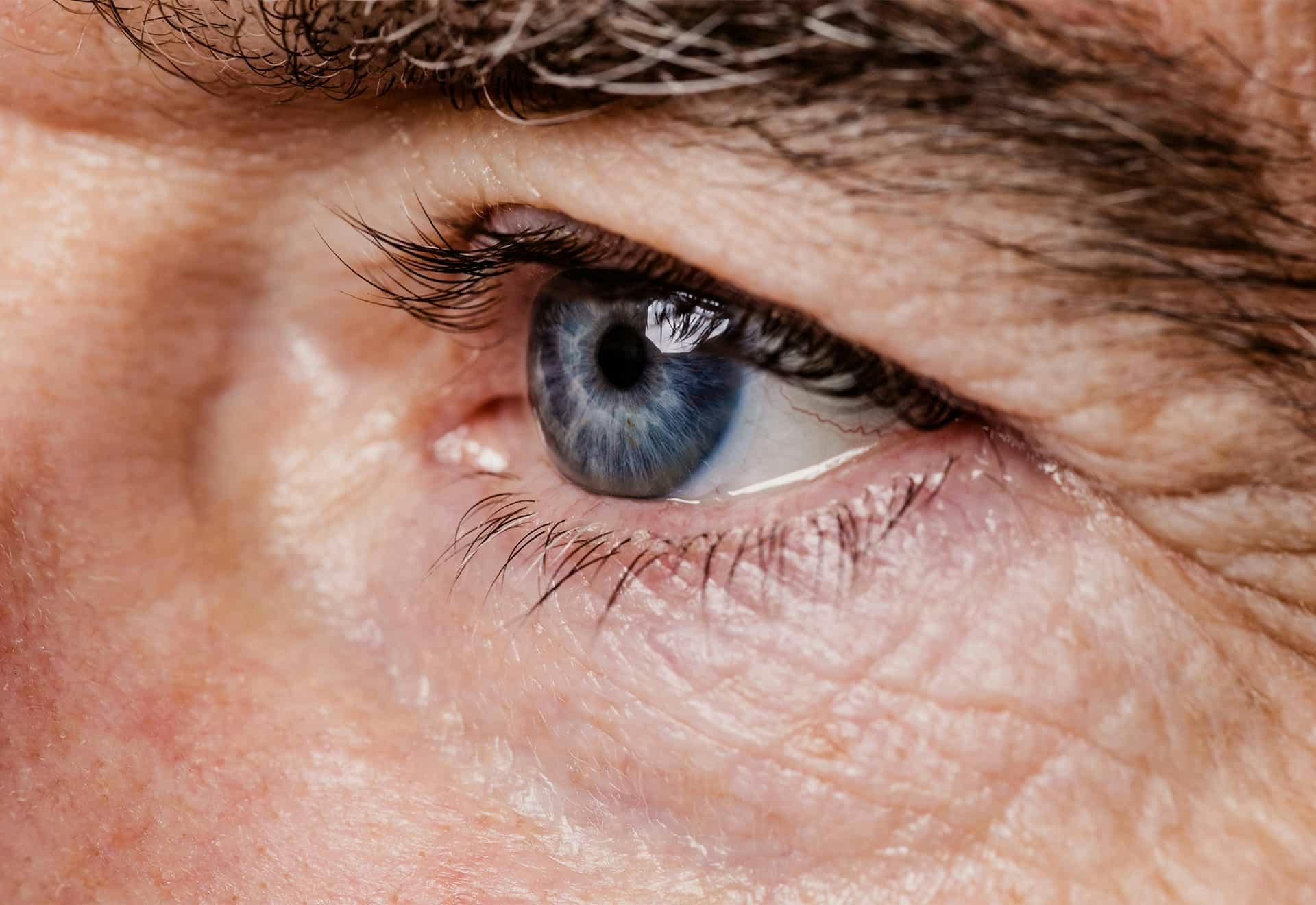What is refractive lens exchange (RLE)?
Refractive lens exchange, or RLE, is a surgical procedure designed to correct a range of vision issues, including presbyopia, nearsightedness, farsightedness, and astigmatism. Unlike LASIK, which reshapes the cornea, RLE involves removing the eye’s natural lens and replacing it with an artificial lens to improve overall vision.
Is RLE a safe procedure?
RLE is a safe and well-established procedure with a high success rate. Dr. Raviv will conduct a thorough examination during the consultation to ensure that you are a suitable candidate, minimizing any potential risks.
Does insurance cover RLE?
Insurance coverage for RLE may vary. Our knowledgeable staff at Eye Center of New York can assist you in navigating insurance details and providing guidance on potential coverage.
When can I expect to see the full results of RLE?
While individual healing times may vary, many patients experience a significant improvement in vision shortly after the procedure. Full results become more apparent as the eyes fully adapt to the artificial lens over the following weeks.
How is RLE different from LASIK?
LASIK primarily reshapes the cornea to correct refractive errors, while RLE involves replacing the eye’s natural lens with an artificial one. RLE is often recommended for individuals over 45, addressing presbyopia and providing a comprehensive solution for various vision problems.
Am I a good candidate for RLE?
Good candidates for RLE are typically individuals over 45 years old experiencing presbyopia or those with other refractive errors that LASIK cannot fully address. A thorough evaluation by our experienced surgeons at Eye Center of New York will determine your candidacy based on your eye health and specific visual needs.
How long does the RLE procedure take?
The RLE procedure is typically a swift process, often lasting around 15-20 minutes per eye. The precise duration may vary based on individual factors, and our team will provide detailed information during the consultation.
Does RLE hurt?
The RLE procedure is virtually painless. Local anesthesia is used to numb the eye, ensuring you remain comfortable throughout the surgery. Most patients report minimal discomfort during and after the procedure.
How soon can I resume normal activities after RLE?
Recovery time varies among individuals, but many patients can resume normal activities within a short period after RLE. The use of prescribed eye drops and adherence to post-operative care guidelines contribute to optimal healing.
Will I need glasses after RLE?
The goal of RLE is to reduce or eliminate dependence on glasses. While some patients may need reading glasses for close-up tasks, especially during the adjustment period, many experience a significant reduction in overall glasses dependence.
How long does it take to see the full results of RLE?
Individual healing times may vary, but many patients experience a significant improvement in vision shortly after the procedure. Full results become more apparent as the eyes fully adapt to the artificial lens over the following weeks.
Can RLE be combined with other procedures?
RLE can be combined with other procedures, such as astigmatism correction, to achieve a more comprehensive vision correction outcome.
How long do the effects of RLE last?
RLE provides a long-term solution for vision correction. The artificial lens implanted during the procedure is designed to maintain its effectiveness over the years, ensuring sustained visual clarity as you age.
Can I undergo RLE if I have had LASIK before?
Yes, RLE can be an option for individuals who have had LASIK and now experience presbyopia or other vision issues.


